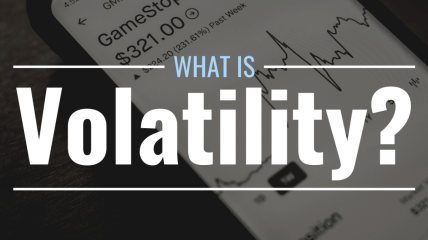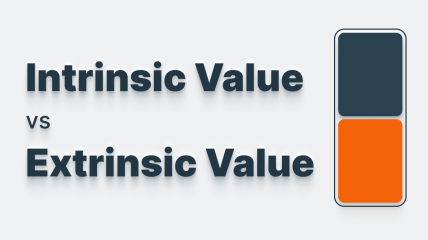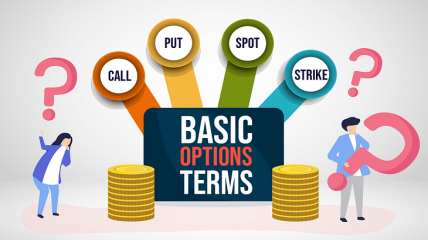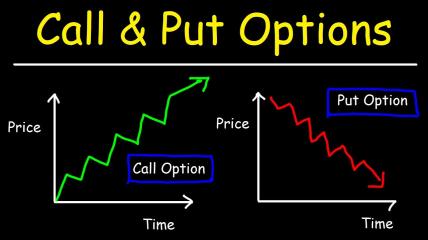22 Mar 2025
Understanding and implementing basic options strategies in a portfolio
In the previous lessons, we covered the basics of, and by now, you should have a good understanding of how calls and puts work.
Now you might be wondering how you can profit from options. That's why we're here, right?
One of the major advantages of options is leverage. With just one option contract, you have the ability to control 100 shares of a stock.
For example, let's say Apple is currently trading at $145.80 per share. If you were to buy 100 shares, it would cost you $14,580. However, instead of buying the shares, you could purchase a near-the-money call option, such as the $146 strike expiring in 30 days, for around $3.20 ($320).
As you can see, options allow you to get more value for your investment.
There are various strategies you can use to enhance or protect your portfolio. Let's discuss a couple of them.
Long Put:
Imagine you own 100 shares of XYZ, and the position is currently profitable. If you're concerned about the market conditions but don't want to sell the stock, you can buy a put option for protection. This put option will increase in value if the shares of XYZ decline, acting as a hedge against your long stock position.
For instance, let's say XYZ is at $15.00, and you buy a 15 put option for $3.00. If the market takes XYZ down to $10.00, your put would be worth around $5.00.
By having the put option, your net loss would be only -16.67% instead of the -33.33% that it would have been if you hadn't bought the put.
This combination of a long stock and a long put position is also known as a married put, and it offers a similar risk/reward profile to a long call option.
Short Call:
Another way to protect a long stock position is to write a call option against it. This is called a covered call because you own the stock, which can "cover" the short position if you are called away.
Let's consider an example:
You own 100 shares of XYZ, but you believe it has limited upside potential and is trading at $15.00. In this case, you can sell an XYZ 15 call option with a $3.00 premium that you collect.
If XYZ shares rise and your stock is called away before expiration, you would have to sell them at $15.00. For instance, if the stock reaches $17 at expiration, you would make $200 from the long stock position and $100 from selling the call option. However, if the stock drops to $13, you would lose $200 from the long stock position but make $300 from selling the call option.
Most traders tend to sell out-of-the-money options when using this strategy. It's important to note that this is a partial hedge and not as robust as buying a put.
The risk/reward profile of a covered write is similar to being short a naked put.
Synthetics:
You can replicate the risk/reward profile of stocks using synthetic positions. These positions are called synthetics.
A synthetic long position is created by buying an at-the-money call option and selling an at-the-money put option. The risk/reward profile closely resembles owning the stock outright. Generally, the premium received from selling the put offsets the premium paid to buy the call. The gain or loss on the trade is close to, but not exactly the same as, being long the stock.
Conversely, a synthetic short position is formed by buying an at-the-money put option and selling an at-the-money call option. Here too, the risk/reward profile is similar to being short the stock.












